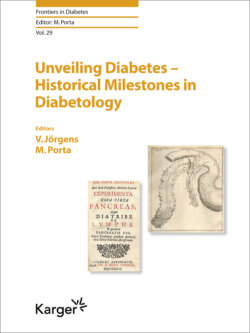Читать книгу Unveiling Diabetes - Historical Milestones in Diabetology - Группа авторов - Страница 53
На сайте Литреса книга снята с продажи.
Allen Back in Civilian Life
ОглавлениеBy the war’s end, Allen was a star in the diabetes community, championed by Joslin, with imitators and critics. In 1919 Allen’s second book appeared as a Rockefeller Institute publication with his former associates at the hospital, Dr. Stillman and Dr. Fitz, as coauthors, though Allen says in his memoir that he wrote the entire text.
Again a civilian, Allen purchased an abandoned estate with a golf course in suburban Morristown, New Jersey, converting it into a hospital and laboratory. His Physiatric Institute opened in 1920, its Greek-derived name indicating treatment through natural means. Rates varied with the quality of accommodation, whether wards or luxurious rooms. Diet therapy was individualized, requiring almost as many dieticians as nurses. Patients who were able could recreate in the grounds or the nearby town. Allen held complete control of the Institute, its medical, administrative, and fundraising aspects, and, to the extent he could, its patients.
The Institute grew rapidly, holding 1- or 2-month-long teaching courses per year, drawing physicians from across the nation and disseminating calorie-restriction therapy. Soon young Elizabeth Hughes was brought for treatment, and her famous father became a supporter. After 1922, both Allen and Joslin were among the early adopters of insulin, but whereas Joslin’s patient-care model flourished, Allen’s operation contracted, especially after the crash of 1929. He was evicted from the Institute’s property for defaulting on the mortgage [7].
